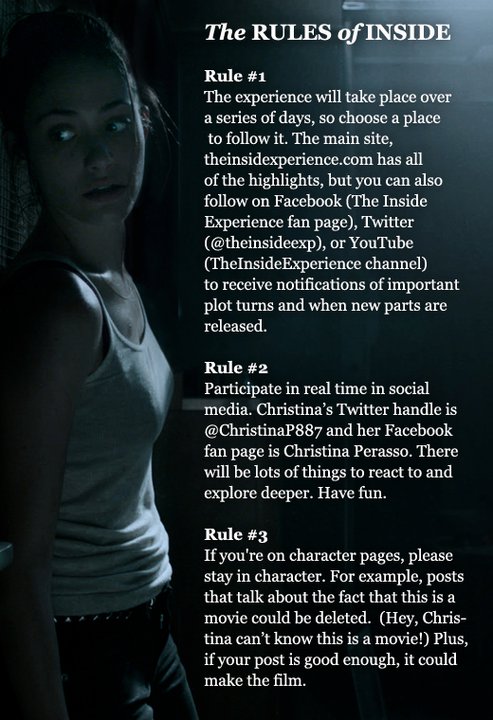Is the movie industry doing enough to accommodate individuals with disabilities? A bold statement can be made here: The Department of Justice has implemented a final rule that mandates movie theaters across the United States to provide closed captioning and audio description for movies, ensuring inclusivity for all audiences. This regulation aims to bridge the gap between traditional cinematic experiences and accessibility for people with hearing or visual impairments.
The DOJ's initiative marks a significant milestone in promoting equal access to entertainment. By requiring theaters nationwide to adhere to these standards, it not only addresses the needs of disabled patrons but also sets a precedent for other sectors to follow suit. As part of Title III under the Americans with Disabilities Act, this rule underscores the importance of effective communication within public accommodations. It explicitly outlines the responsibilities of movie theaters to cater effectively to individuals who rely on such assistive technologies.
Movierulz stands as an example of how digital platforms are transforming the way audiences consume films. Offering a vast collection of Bollywood and Hollywood movies, Movierulz provides users with the convenience of watching full-length features online for free. In addition to mainstream cinema, it caters to regional language preferences by including Telugu, Tamil, Malayalam, Bengali, and Kannada movies in its repertoire. While Movierulz may face legal scrutiny over copyright issues, its popularity highlights the growing demand for accessible streaming services that bypass traditional distribution channels.
However, the debate surrounding Movierulz often centers around ethical considerations regarding intellectual property rights. Despite its appeal to viewers seeking unrestricted access to diverse content, questions linger about the sustainability and legality of such platforms. Copyright holders argue that unauthorized sharing undermines their ability to monetize creative works, thereby stifling innovation and artistic expression. Consequently, balancing user convenience with respect for creators' rights remains a contentious issue in the realm of online film distribution.
Meanwhile, discussions around gender representation in movies have gained traction through frameworks like the Bechdel Rule. Originating from Alison Bechdel's comic strip Dykes to Watch Out For, this criterion evaluates whether a film features at least two women who converse about something other than a man. Although seemingly straightforward, the Bechdel Test sheds light on persistent disparities in how female characters are portrayed in mainstream cinema. Its application serves as both a critique and a call to action for filmmakers striving toward more inclusive storytelling practices.
Further exploration into financial benchmarks reveals insights into the economic dynamics of filmmaking. The 2.5x rule offers a heuristic approach to estimating box office success relative to production costs. By analyzing domestic, overseas, and Chinese market contributions, analysts can determine whether a film achieves profitability based on its initial investment. This formula proves particularly useful when assessing global blockbusters whose earnings span multiple territories. Understanding these ratios helps studios gauge potential returns and optimize marketing strategies accordingly.
Inspirational narratives continue to emerge from unexpected quarters, exemplified by films such as 'Rule Breakers.' Centered on an Afghan all-girls robotics team, this drama showcases resilience amidst adversity while celebrating achievements in science, technology, engineering, and mathematics (STEM). Produced under challenging circumstances, the movie resonates deeply with audiences worldwide, highlighting themes of empowerment and determination against societal constraints. Such projects underscore the transformative power of cinema to inspire social change beyond mere entertainment value.
A panel discussion accompanying the screening of 'Rule Breakers' delves deeper into its real-life inspiration. Featuring experts from academia, industry professionals, and members of the original robotics team, this forum fosters dialogue about overcoming obstacles in pursuit of knowledge and innovation. Hosted by prestigious institutions like Stanford University, such events amplify voices advocating for greater diversity and inclusion in STEM fields globally. They also emphasize the critical role education plays in empowering marginalized communities to challenge established norms.
As the landscape of modern cinema evolves, so too must our understanding of what constitutes meaningful engagement with audiences. From regulatory measures enhancing accessibility to technological advancements reshaping consumption patterns, each development contributes uniquely to shaping the future of film. Moreover, initiatives promoting equitable representation ensure that stories reflecting varied perspectives find their rightful place onscreen. Ultimately, these efforts collectively enrich the cultural tapestry woven by cinema, making it evermore reflective of humanity's shared experiences.
| Movie Distribution Platforms | Regulatory Frameworks |
|---|---|
| Movierulz | DOJ Final Rule |
| Streaming Services | Title III Compliance |
| Regional Language Films | Closed Captioning & Audio Description |



